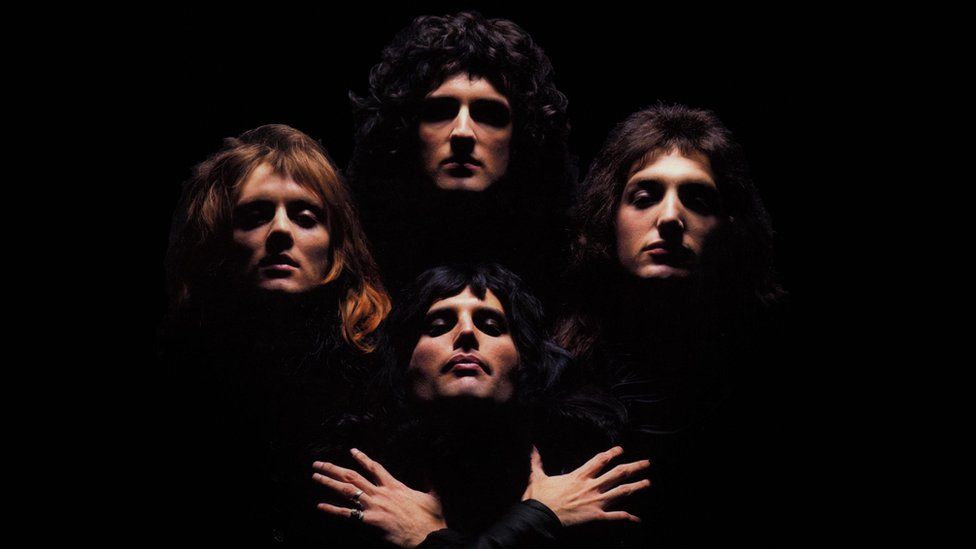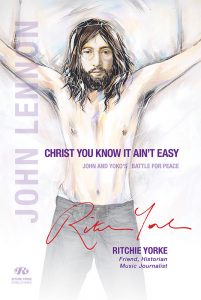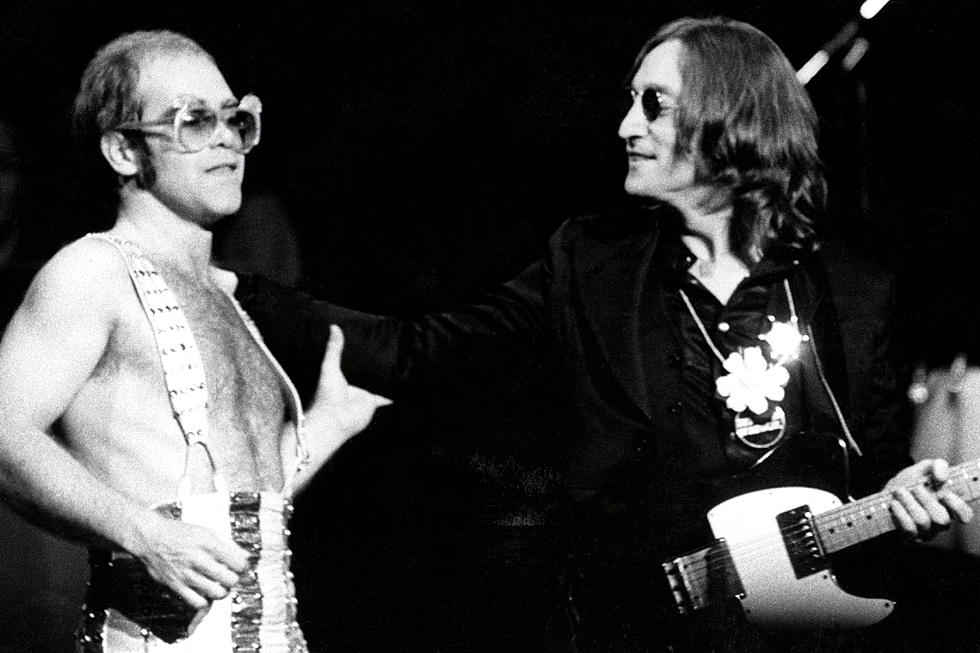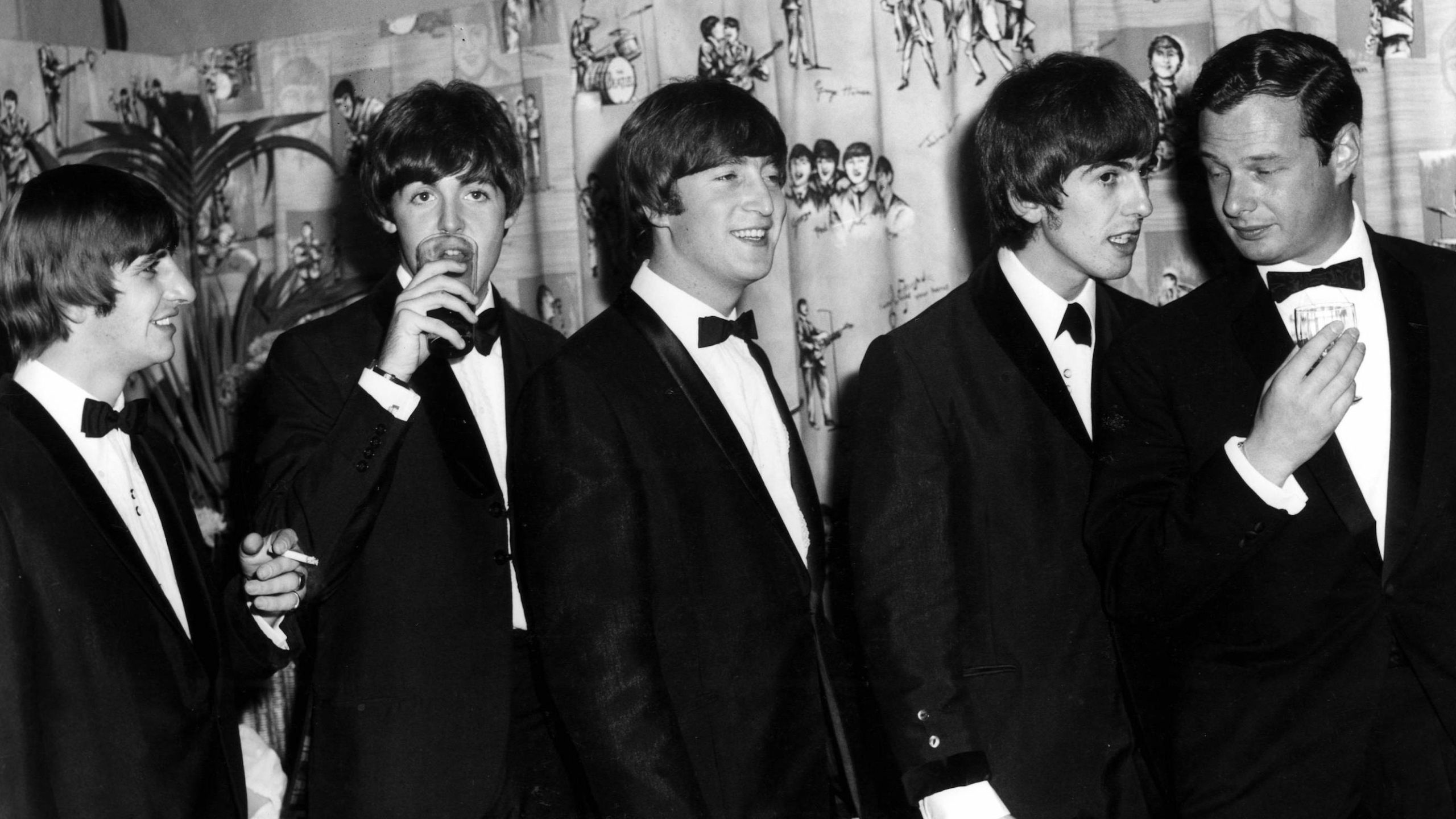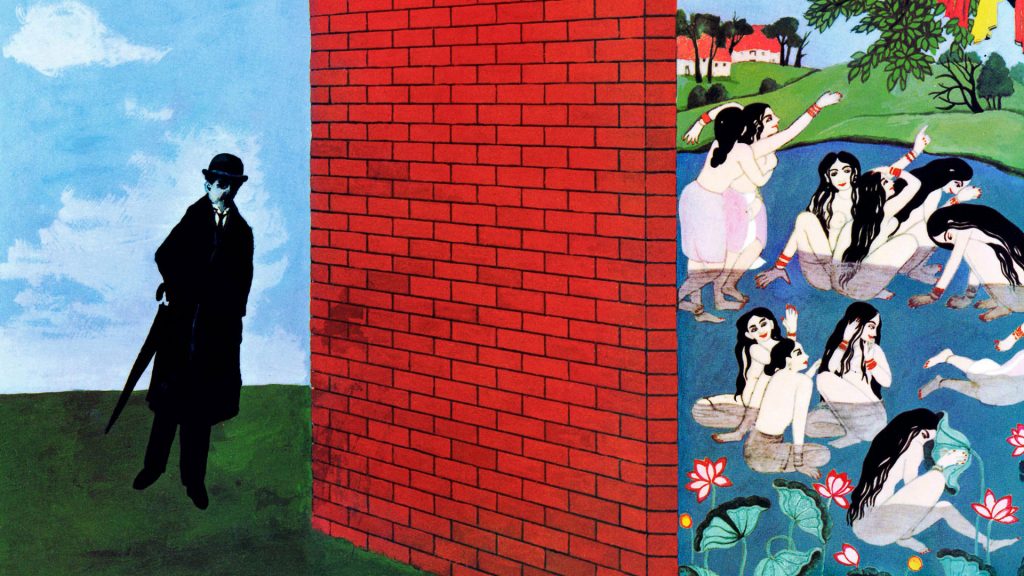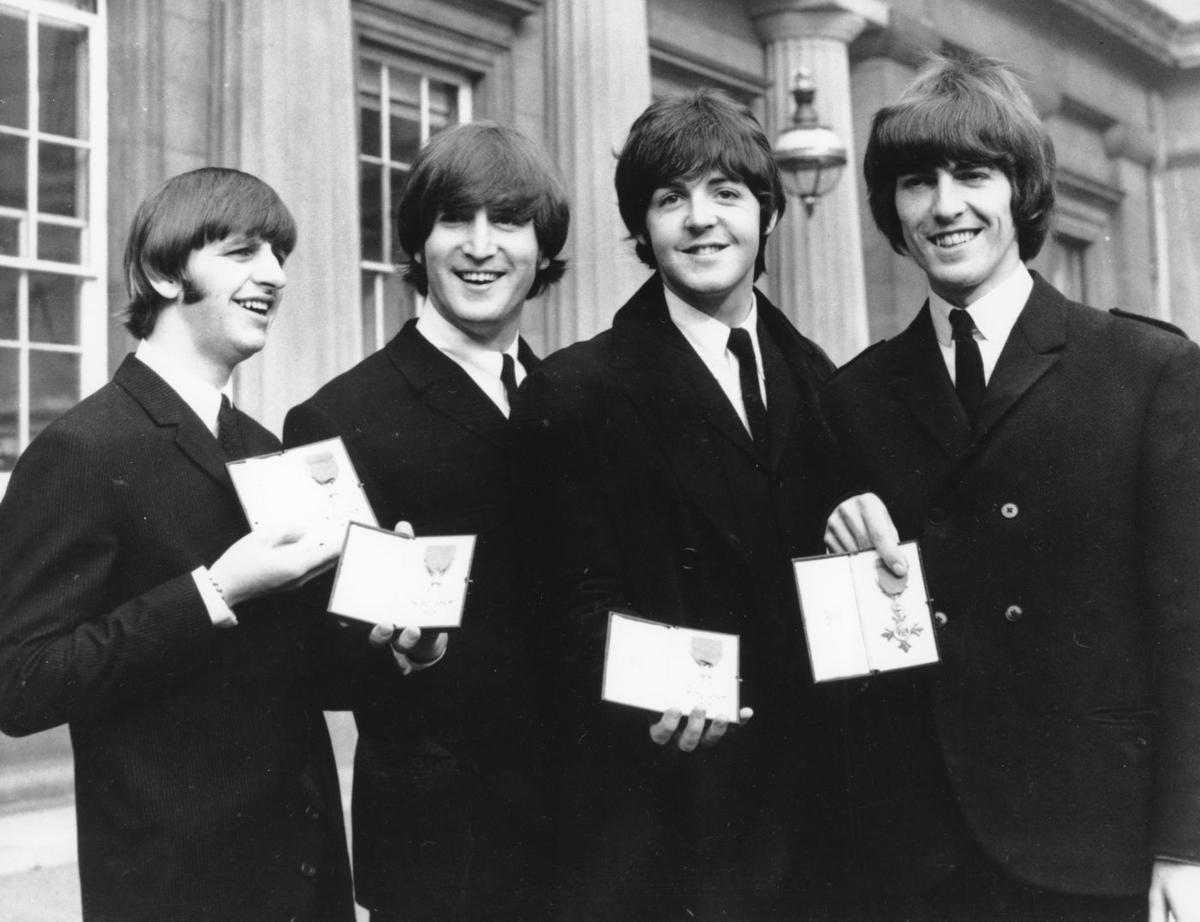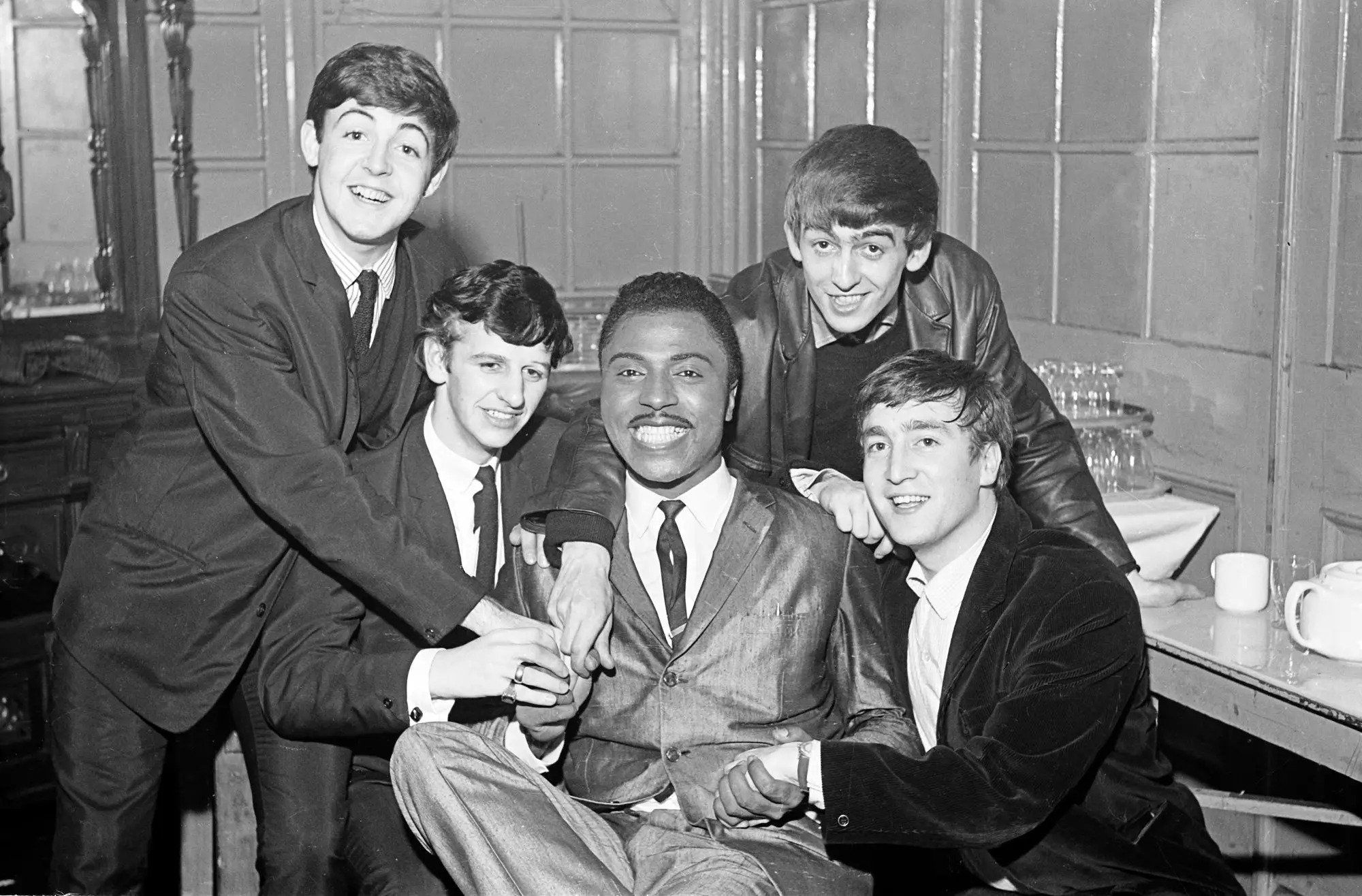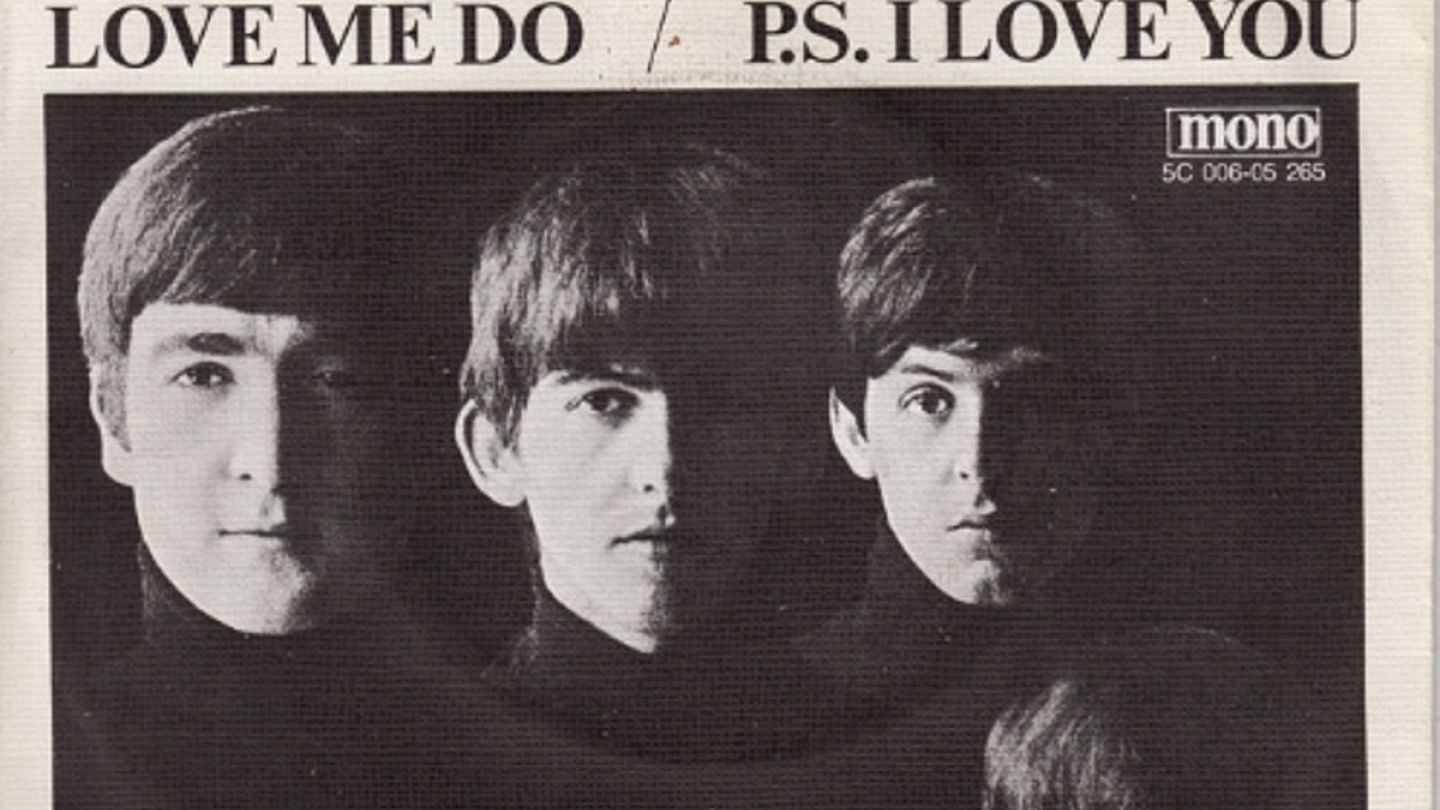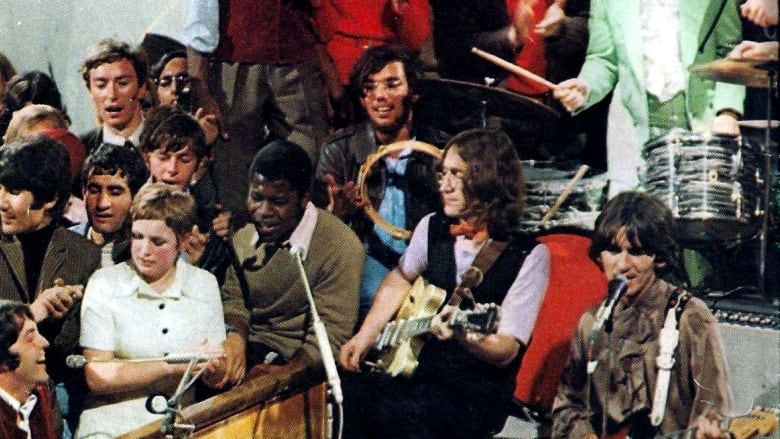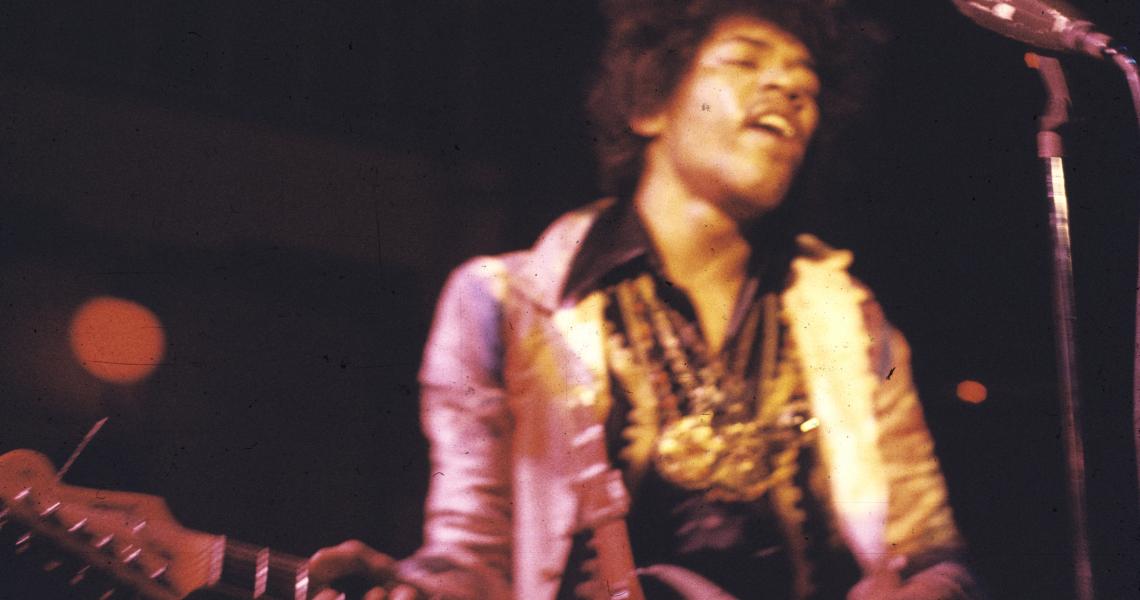23 Nov Queen’s “Bohemian Rhapsody” Hits Number One in the UK
On this day in 1975, Bohemian Rhapsody hits number one in the UK
Queen formed in 1970 and worked for three years on their debut self-titled album. It was quickly followed by Queen II and Sheer Heart Attack in 1974. These albums were reasonably successful, gaining the band a solid following ahead of the release of their fourth album A Night at the Opera.
A Night at the Opera was released on the 21 November and would soon become the album that would launch the band to superstardom. Bohemian Rhapsody was chosen as the lead single for the project, and was released on 31 October to promote the upcoming album. According to friends of lead singer Freddie Mercury, he had actually begun work on the song even before Queen was formed, in the late 1960s. Recording began in August 1975 at the Rockfield Studio 1 in South Wales, but the song ended up being worked on over four additional studios in the coming months. Mercury and guitarist Brian May and drummer Roger Taylor reportedly sang their vocal parts for over 10 to 12 hours a day, with some sections requiring around 180 seperate overdubs.
Bohemian Rhapsody has a runtime of about six minutes and consists of several sections with varied styles, including a ballad segment, a hard rock segment, a reflective coda and an operatic passage. Mercury referred to the song as a “mock opera” that came from combining three songs he had written earlier. A promotional video was released alongside the single and is generally acknowledged as the first UK Pop music video.
Upon the songs release it quickly rose up the charts, hitting number nine in the US and number one in the UK, where it remained for 9 weeks, the longest since 1955. Bohemian Rhapsody remains the third best-selling single of all-time in the UK, and the top best-selling non-charity single. It also topped charts in several other countries including Australia, Canada, Ireland and New Zealand.
Critical reviews were initially mixed but retrospectively claim it to be one of the greatest songs in popular music, with particular praise given to Mercury’s vocal performance. The accolades have continued throughout the years, with the song being inducted to the Grammy Hall of Fame in 2004, becoming the most streamed song from the 20th century after the release of the 2018 biopic of the same name and being certified Diamond in the US for combined digital sales and streams equivalent to 10 million units.

